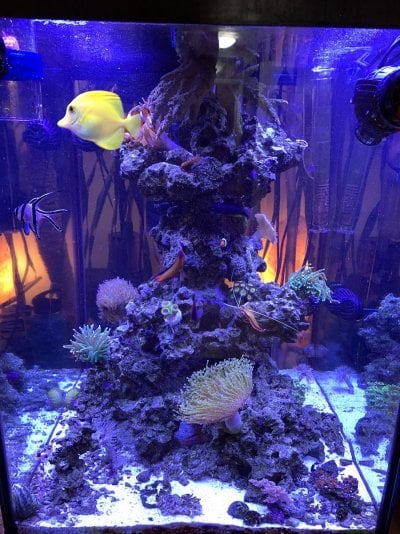Hello. I Would like some advice on how to change (upgrade) to a new canister filter.
I currently have a Marineland canister and switching to a Fluval fx4.
What filer media should I move besides the ceramic rings and bioballs (think that’s what they are called). It’s a 50gal cube btw.
Do I only move half of these things to mix in with the new? Let both pumps run for a few weeks?
I’ve only found mixed info online.
Thanks!
D

I currently have a Marineland canister and switching to a Fluval fx4.
What filer media should I move besides the ceramic rings and bioballs (think that’s what they are called). It’s a 50gal cube btw.
Do I only move half of these things to mix in with the new? Let both pumps run for a few weeks?
I’ve only found mixed info online.
Thanks!
D


















